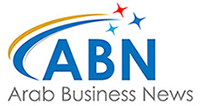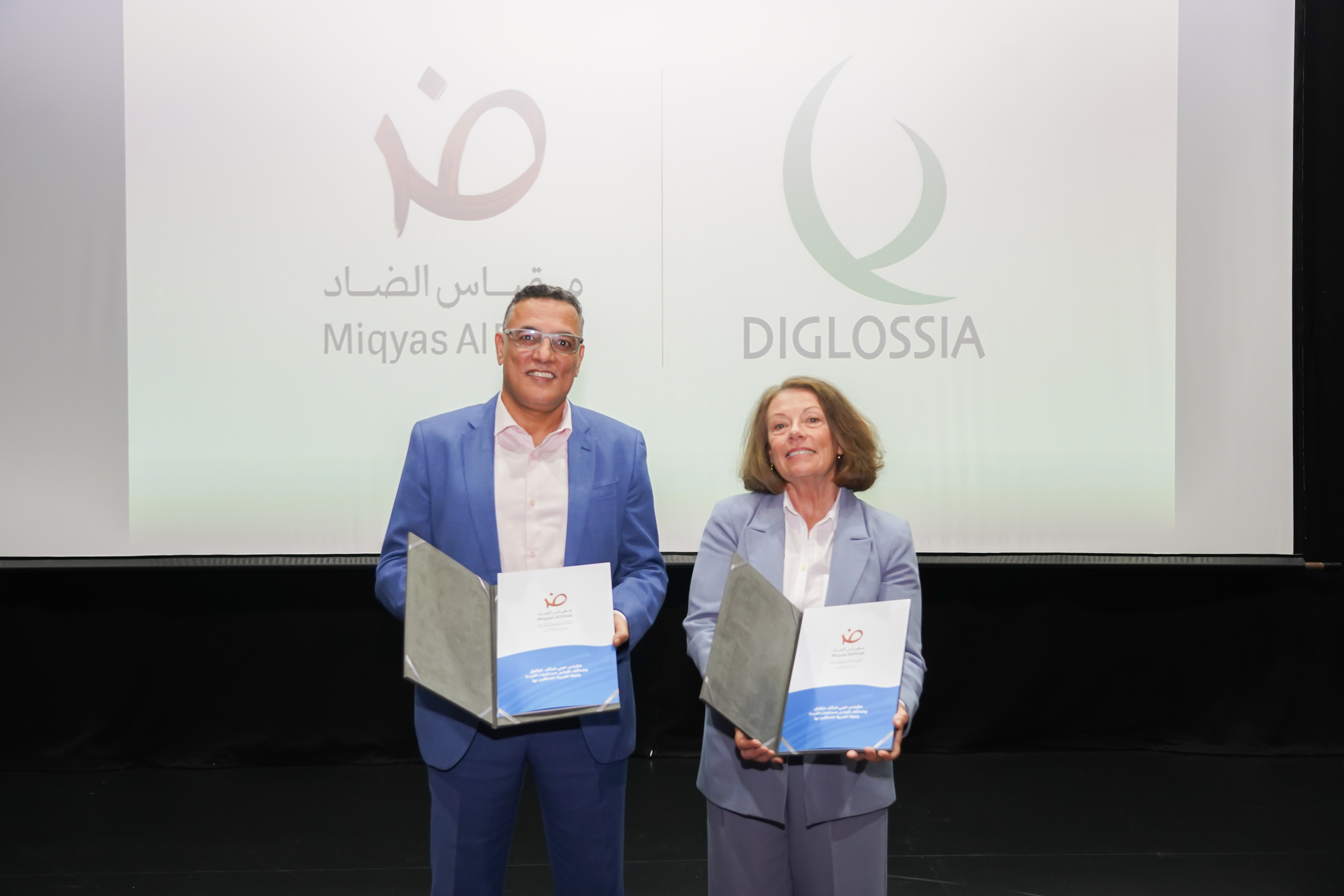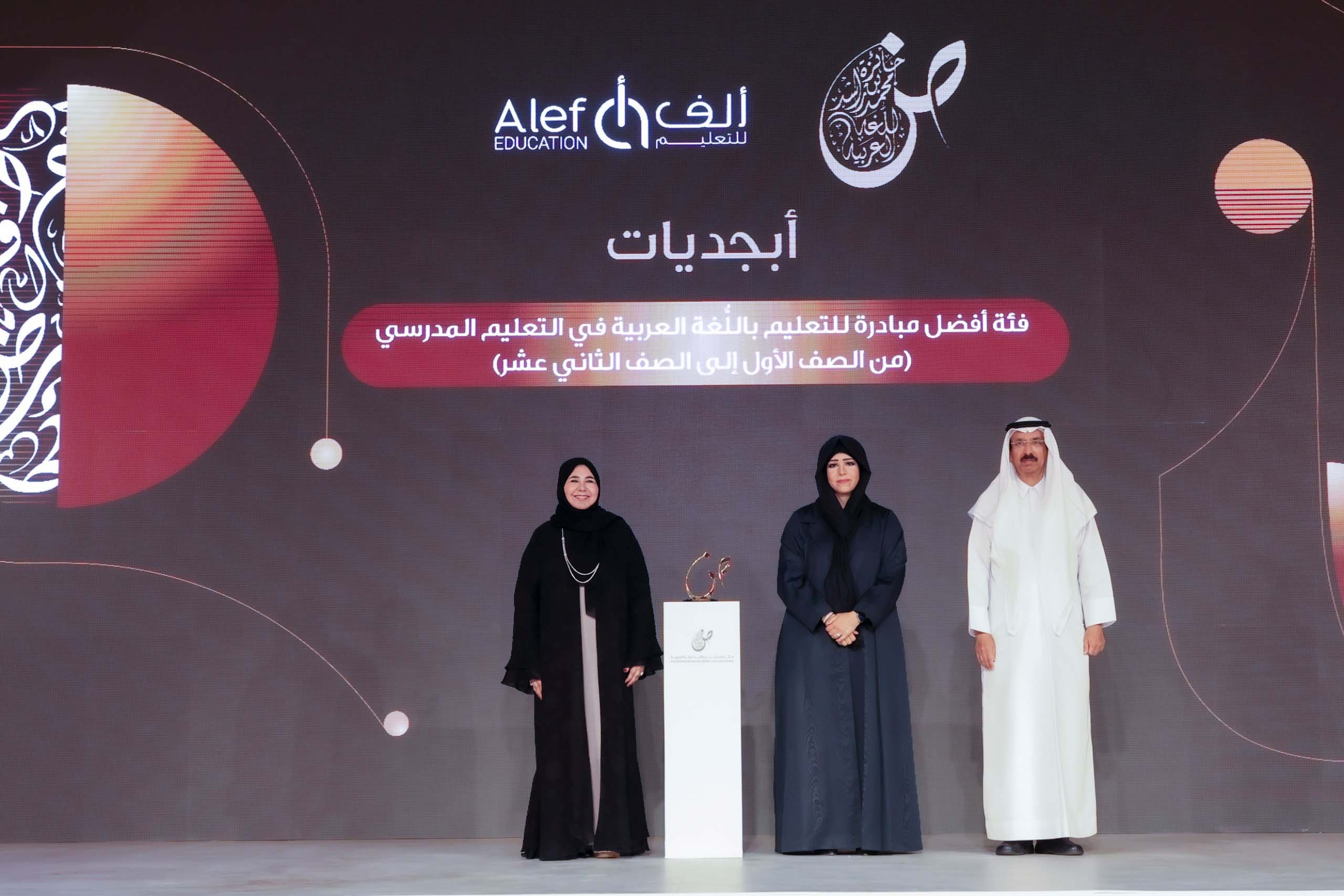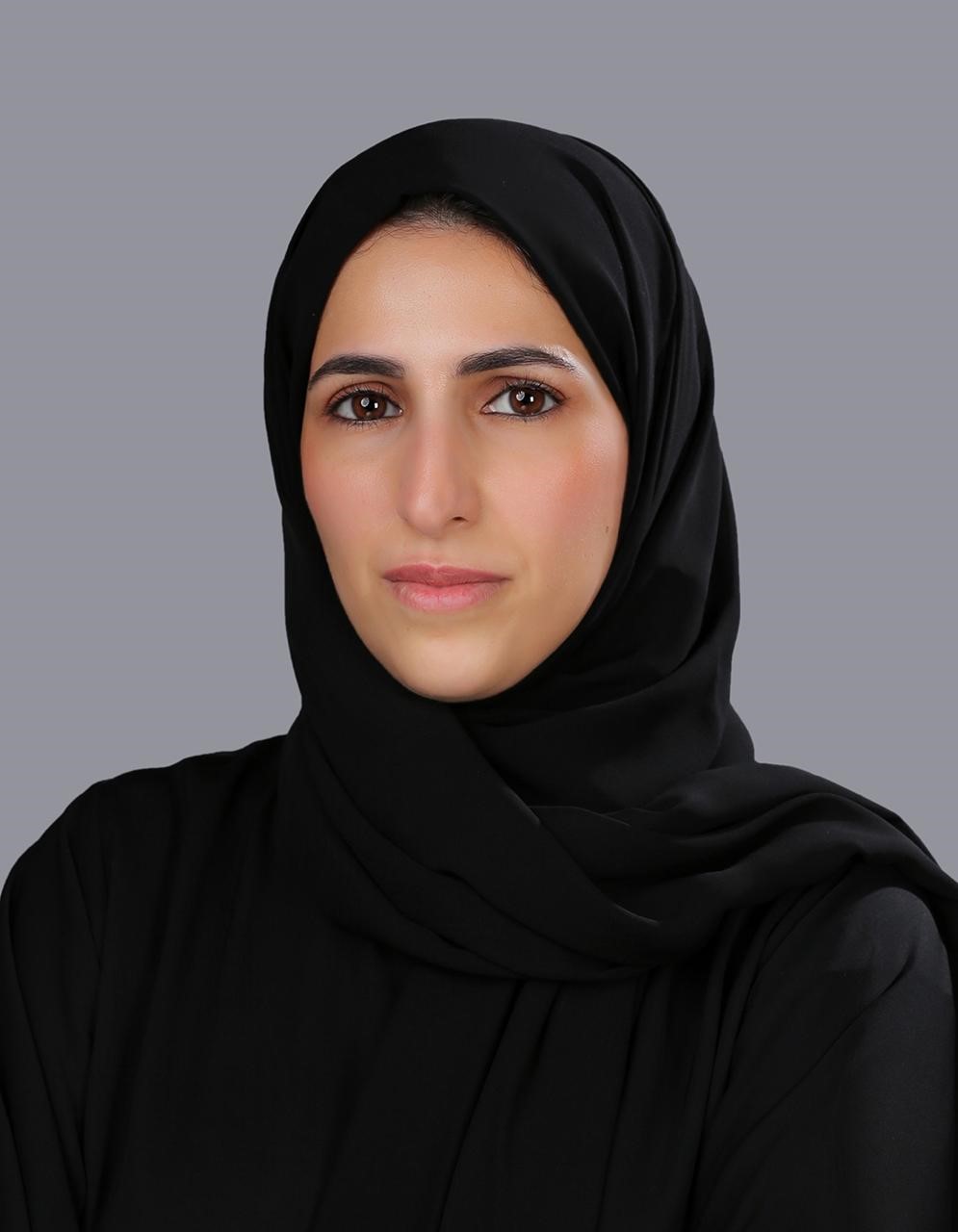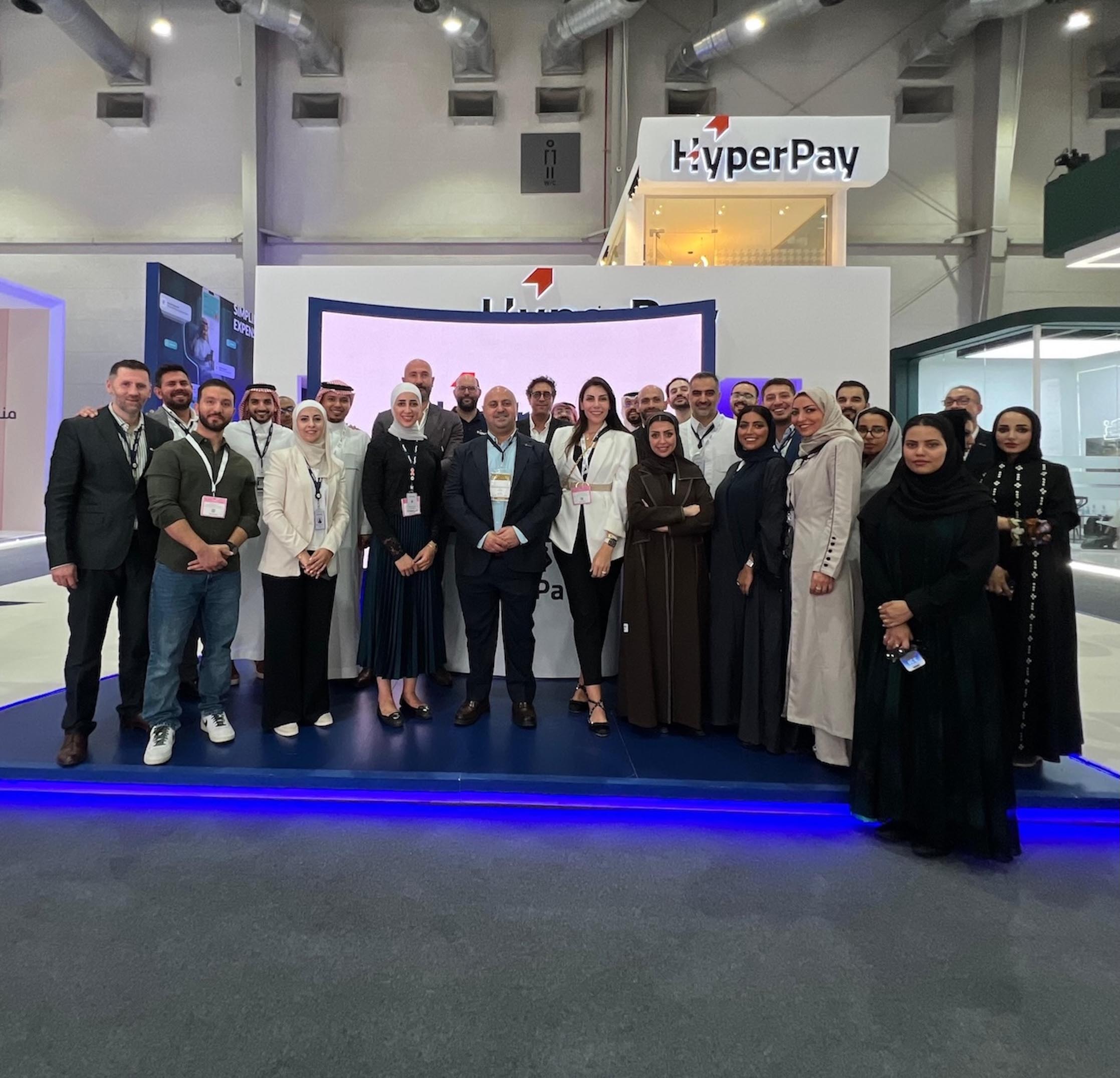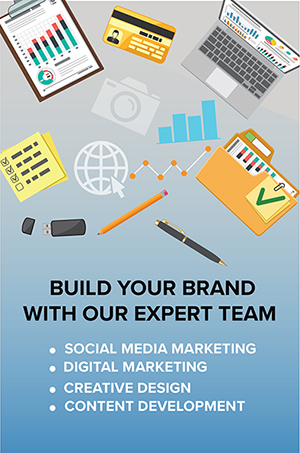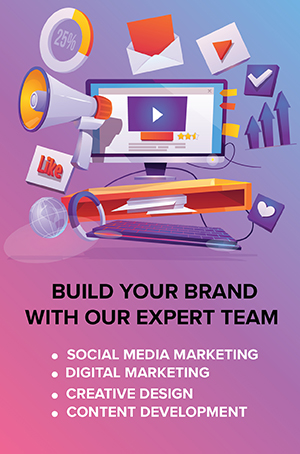Migration toolkit for applications 8: Bringing modernized applications to market faster

By: Jonathan Recinos, Shaaf Syed, Ramon Roman Nissen
October 26, 2025 - Application modernization is a continuous journey for enterprises, driven by the need for greater business agility, enhanced security, and cost optimization. While the benefits are clear, large-scale modernization projects can be complex, time-consuming, and require significant upfront investment.
With the introduction of migration toolkit for applications 8 (MTA 8), Red Hat is helping organizations overcome these challenges by automating key parts of the modernization journey. The migration toolkit for applications has long provided tools for containerization readiness, source-code analysis, and project management. MTA 8 builds on this foundation by introducing two major new capabilities: automated replatforming and intelligent refactoring.
Automating replatforming to Red Hat OpenShift
Replatforming—migrating an application from one platform to another with minimal code changes—is a common modernization strategy that can deliver significant benefits like improved scalability, security, and cost-efficiency. However, even this approach can be time-consuming due to a number of manual, error-prone tasks.
MTA 8 automates this process by generating the necessary deployment artifacts to run an application on Red Hat OpenShift. The first supported migration path is from Cloud Foundry to OpenShift, enabling users to:
• Discover and analyze applications: MTA connects to the source platform to identify applications and extract crucial deployment and runtime information.
• Generate deployment assets: Using this normalized data, MTA translates the configuration into the target platform format by leveraging Helm Charts to create deployment manifests for OpenShift.
• Streamline deployment: The resulting artifacts are automatically placed in a target repository, which can be picked up by CI/CD pipelines for automated deployment.
This automation helps to reduce manual work and improve the ROI of application modernization projects. It also allows organizations to enforce standards and best practices while still giving developers the flexibility to customize aspects of the deployment configuration.
Combining automation with intelligence
With the addition of Red Hat Developer Lightspeed for migration toolkit for applications, the MTA 8 story becomes even more powerful. While MTA 8 automates the replatforming process, Red Hat Developer Lightspeed for migration toolkit for applications provides intelligent code refactoring capabilities.
This add-on, included in a Red Hat Advanced Developer Suite (ADS) subscription, automates source code refactoring within a developer's integrated development environment (IDE). Developers can get AI-generated code solutions, see explanations, and apply them with a single click.
Unlike traditional coding assistants, Red Hat Developer Lightspeed is specifically designed to modernize applications. Whereas traditional coding assistants don't know what changes need to be made for a specific migration path with certainty, Red Hat Developer Lightspeed is guided by MTA’s static code analysis to know what migration issues to look for and how to solve them. As a result, developers get more useful AI-generated code solutions from the start and applications can be refactored faster and predictably.
The accuracy of generated code solutions also improves with each migrated application because Red Hat Developer Lightspeed for migration toolkit for applications learns what changes have been successful for that type of application. With this unique capability, enterprises can first migrate an archetype application, a representative of a common set of applications, to more quickly refactor the rest of the applications with similar characteristics.
By combining the automated replatforming of MTA 8 with the AI-powered refactoring of Red Hat Developer Lightspeed, organizations have a more comprehensive toolkit to modernize their applications. This integrated approach helps developers to quickly adopt cloud-native technologies, while reducing the manual effort and complexity often associated with modernization projects.
Looking ahead
MTA 8, with its new automated replatforming capabilities, marks a significant step in Red Hat’s commitment to making application modernization easier to execute. It also lays the groundwork for future integrations and features, ensuring that organizations can continue to adapt their application portfolios to meet evolving business needs.
The migration toolkit for applications gives developers and platform teams tools for containerization readiness, source-code analysis, and transformation to modernize legacy applications to cloud-native technologies faster. Architects can build and manage application modernization plans, while equipping developers with transformation tools to execute validated migration paths. This new release reinforces the value of a comprehensive, end-to-end approach to modernization.
-Ends-

